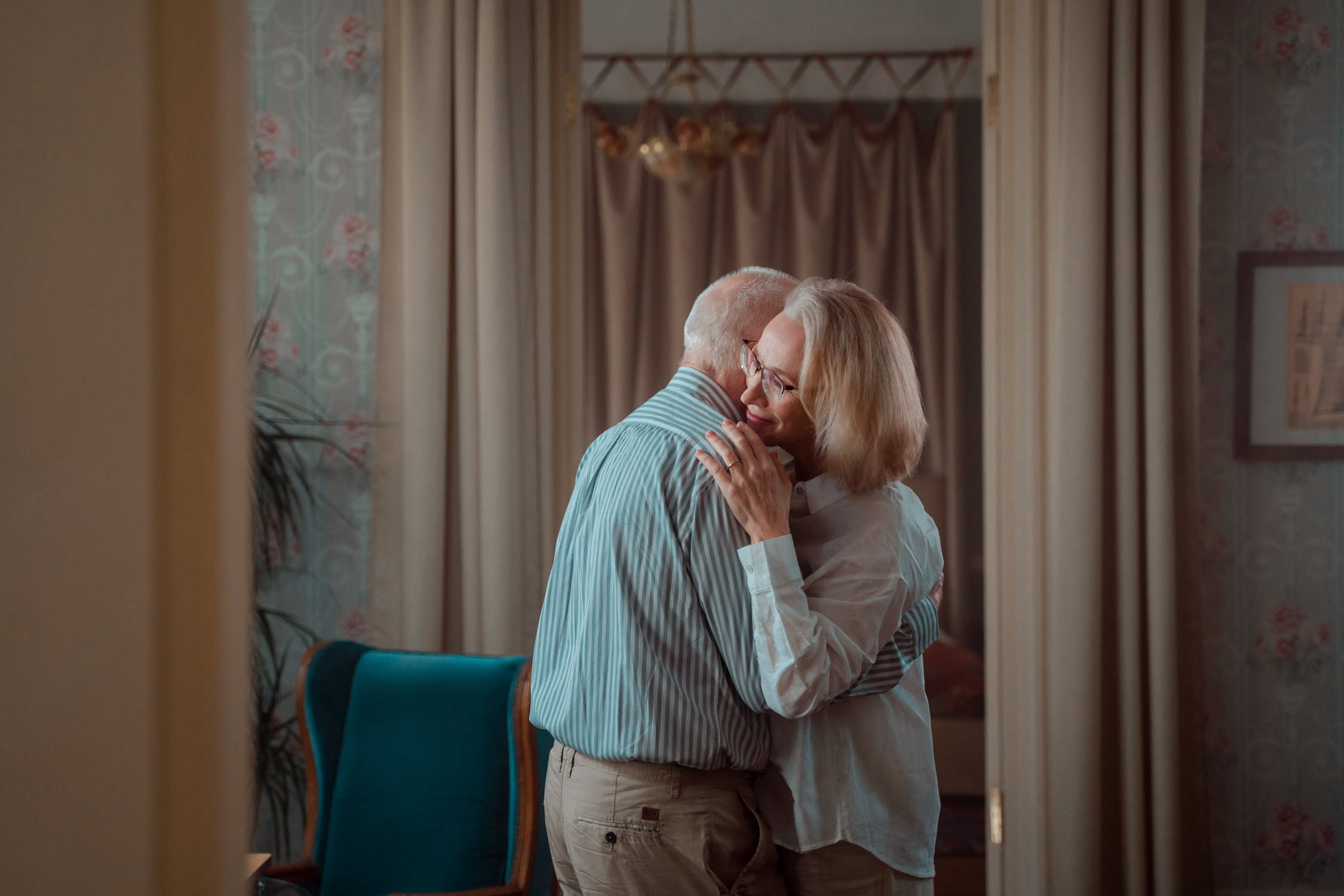
Since 2003, the number of people over 55 living in private rented accommodation has more than doubled. With more people renting later into their lives, we know that the demographic of older renters is one that needs catering to, but how do you adjust your property when renting to elderly tenants?
A 2018 report found that 93% of 8.5 million rental properties in the UK were inaccessible. As a landlord, making your property accessible for disabled and elderly tenants is not only a compassionate move, but one that taps into a market often neglected.
From health and safety to just making them feel at home, these are the fundamental features you’ll need to consider then renting a room to an elderly person.
Legal Minimum Standards of a Property
The most important responsibility of the landlord is to ensure that the property is structurally sound, regardless of who the tenant is. The landlord must ensure that, for example:
- There is no mould, damp, or rot
- There are no leaks or damaged piping
- There is no faulty wiring
- There are no large cracks
- There are no broken windows
- Hot water and drainage are working properly
- Smoke alarms and fire safety equipment are provided
- And that there is no other kind of damage or malfunction to the property itself
In the case that any of the above are present in the property, it is the landlord’s responsibility to have it repaired.
The landlord must also legally provide annual check-ups on any gas appliances and provide an energy rating for their property.
The above list outlines the legal minimum requirements when renting a property. However, if you’re purposefully renting to an elderly tenant, there are some more elements that you might wish to consider.
Extra Considerations for Elderly Tenants
Is the Location Right?
Accessibility and the local area are hugely important for older tenants, and will likely vary a lot from someone younger. For example, what is the community like? Is there a lot of nightlife, or is it quiet and safe in the evenings? Is there a plenty of accessible public transport?
If you’ve already invested in your property, you should consider whether an older tenant would want to live in the area before adjusting it to their needs. You might be better off renting to a younger demographic if, for example, your property is located in the middle of a busy city. A rental property for elderly tenants will have to fit a lot of different criteria than one with a younger demographic.
Decorations for Health and Safety
The interior design preferences of someone in their 60s, 70s, and over is likely going to be very different to someone in their 20s. If you’re renting out a furnished property, this is something you’ll need to take into consideration. For example, you must legally make sure that all soft furnishings meet fire safety standards, and that you organise an annual check of all gas appliances.
Part of the way you decorate your property will be down to the taste of your demographic, but safety also plays a large part in this. For example, loose rugs could be a trip hazard for an older tenant. You might also want to opt for doorhandles rather than doorknobs, as these can be difficult to use for people with arthritis.
Consider the Need for Pets
Companionship is important regardless of age, but you may find that an older tenant is more likely to have a pet such as a cat or dog to keep them company.
As of April 2022, landlords can no longer issue a blanket ban on pets in their properties. However, by actively making the property suitable for pets and even encouraging them, you could cater to a lot of older tenants who might not want to ask about bringing a pet along.
How to Make Home Safe for Elderly Tenants
The final, and perhaps most important element is that the property needs to be accessible for older people who might have mobility issues or need extra help. Disability is twice as common for people aged 65 and over, so there is a strong possibility that your elderly tenant will need some extra help.
Some of these changes are larger than others, but there is certain home care equipment for elderly tenants that you might need to consider, such as:
- Fitting a stairlift or banister to the stairs.
- Adding rails in the bathroom to make showering and using the toilet easier.
- Putting in an extra step or ramp to access the front door.
- Lowering countertops.
Something like adding outdoor lighting as an extra security measure, however, would be more likely to fall under the responsibility of the tenant.
If you’re adjusting the property for a tenant who already lives there, you can contact your local council and call for a home assessment. An occupational therapist will meet with your tenant, and together they will create a list of what’s needed for your tenant.
Alternatively, the tenant might ask for specific adjustments. The landlord only needs to make the requested adjustments if directly asked, and if the request is reasonable. Failure to make a reasonable adjustment could be deemed discrimination under section 21 of the equality act 2010.
Learn More with Howells
At Howells Solicitors, we understand the complexities that go into renting out a property. For more help and advice, get in touch with our landlord and tenant law experts today and find out how we can help you.

